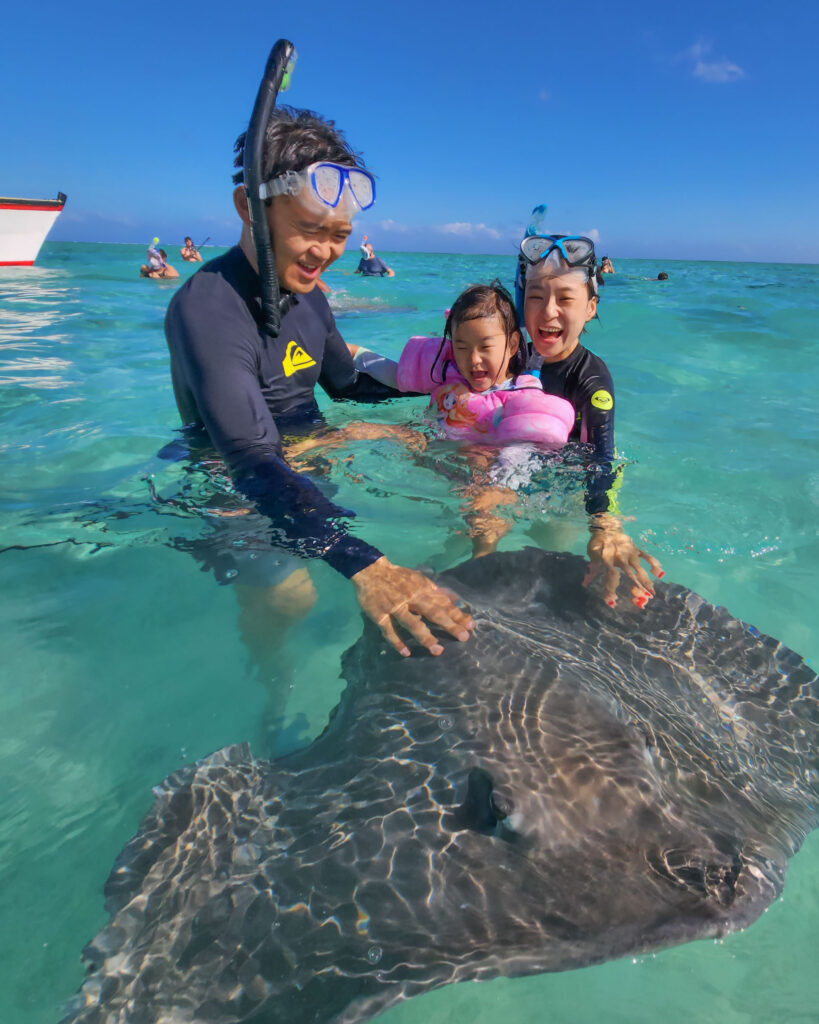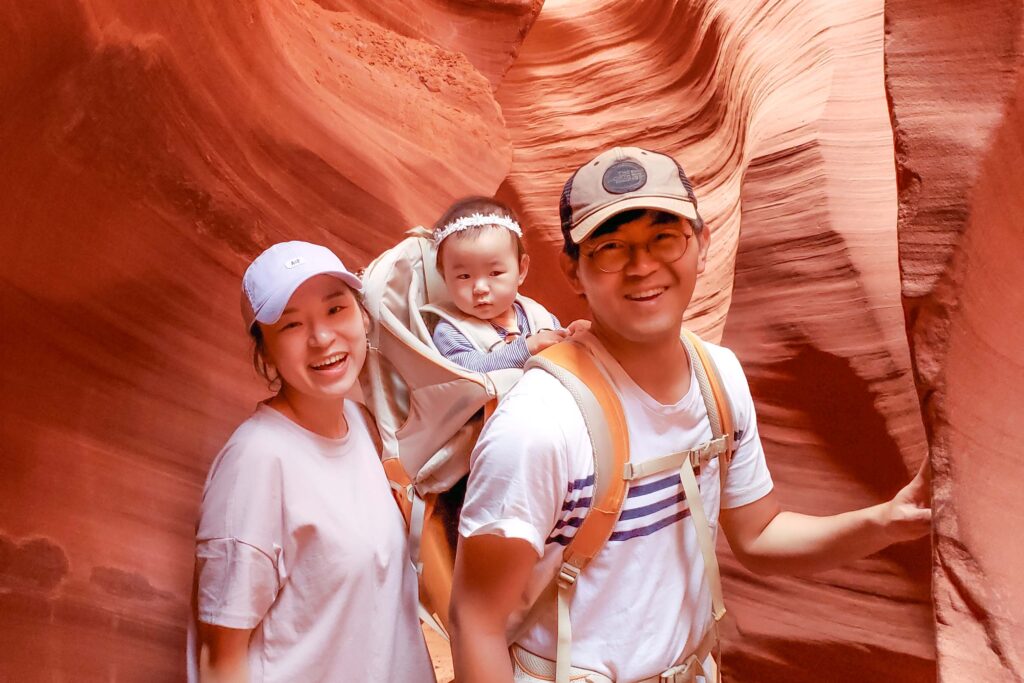Jinkyung Kim, PhD, has joined the Department of Otolaryngology at Washington University School of Medicine. A specialist in biological imaging, Kim has developed novel techniques that allow real time observation of cellular activity in the living mammalian cochlea.
Kim received her doctoral degree at the School of Interdisciplinary Bioscience and Bioengineering, POSTECH, Pohang, Republic of Korea and recently completed postdoctoral training at Stanford University. She is a recipient of the 2023 Cozzarelli Prize from the Proceedings of the National Academy of Sciences (PNAS), awarded annually to six research teams whose PNAS articles have made outstanding contributions to their field.

Her studies have shed important light on some elusive mechanisms of cochlear damage, including aminoglycoside toxicity and blast trauma. Here she shares her inspiration for scientific research and her family’s love for their new home.
When did your interest in scientific research develop?
When I was in high school, a biology teacher had just earned her master’s degree, and she shared her research experiences with us during her lectures. I distinctly remember how much I enjoyed listening to her stories, and it was during those moments that I decided to pursue a career in science. This experience inspired me to apply for the undergraduate biology program, marking the point at which I began seriously considering this career path.
What drew you to Washington University as the next step in your career?
I believe that the environment, including people and resources, is a critical factor for conducting outstanding research. The synergy created by great colleagues and learning opportunities can significantly contribute to personal growth and performance. Washington University School of Medicine is an institution well known for its exceptional research environment. Also, I am truly drawn to the vision of our department, to ‘Improve Patients’ Lives by Leading Our Advancing Field.’ I aspire for my research to align with and contribute to this vision.

You bring with you some very specialized imaging techniques. Can you explain those for a lay audience?
Imaging of peripheral sensory cells in the living organism has enabled the mapping of neuronal activity for sight, smell, taste, and touch, providing direct insight into sensory encoding. However, obtaining this level of information in the auditory system has proven technically challenging due to the location, mechano-sensitive, and fluid-filled structure of the cochlea. I developed a surgical method that enables real-time visualization of cochlear cells in hearing mice using two-photon microscopy. This method not only opens up new avenues for exploring previously inaccessible aspects of auditory signal processing but also provides invaluable tools for identifying, diagnosing, and treating drug-induced, age-related, and genetic forms of hearing loss.
How has your family adapted to life in St. Louis?
We absolutely love St. Louis! Everything here is more convenient and affordable, and the people are incredibly friendly. My five-year-old daughter is enjoying her kindergarten and playing soccer. It’s so much fun to watch these little kids chase the ball every Saturday. My husband Giwon Shin, PhD, has joined the faculty in the Department of Genetics, and all of our new colleagues have shared helpful information about places to visit and enjoy St. Louis dining. We’re actively exploring museums, the zoo, beautiful natural spots, and restaurants near our home on weekends. As newcomers to the city, we’re excited to continue discovering all that this amazing place has to offer.
